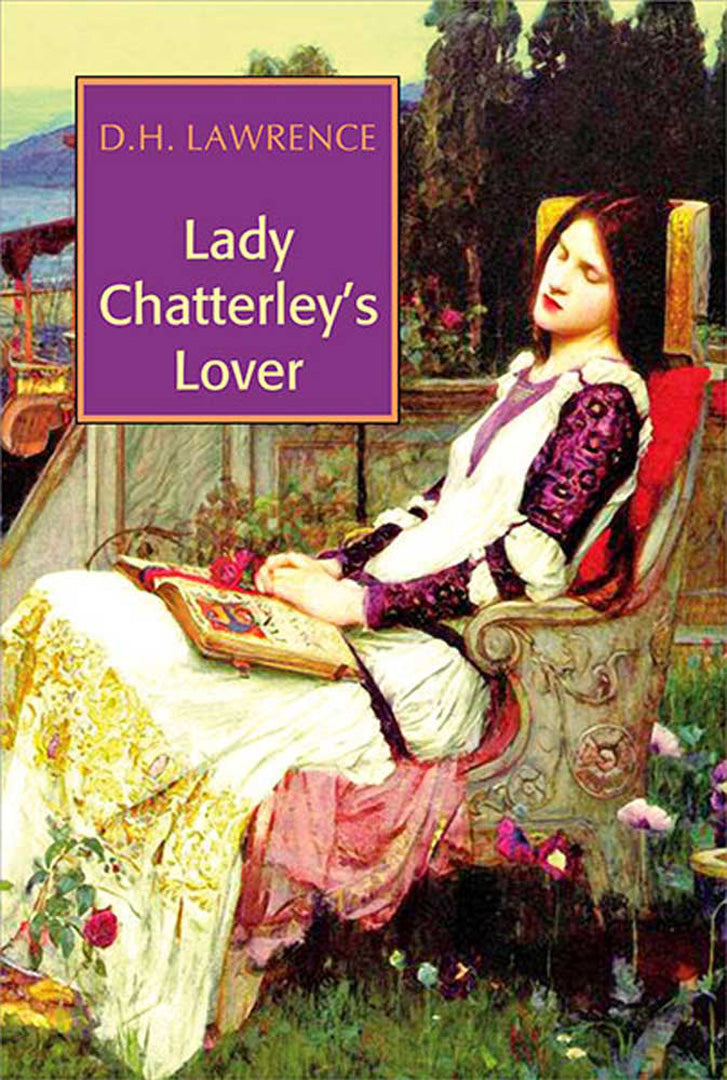Lady Chatterley'S Lover
Lady Chatterley'S Lover
D.H. Lawrence
Couldn't load pickup availability
Share

More Information
- ISBN13:
- Publisher: Atlantic Publishers and Distributors (P) Ltd
- Publisher Imprint: Peacock Books
- Publication Date:
- Pages: 336
- Binding:
- Item Weight:
- Original Price:
About The Book
Regarded notoriously pornographic when published in 1928, the novel is a triumph of passion, an erotic celebration of life, exploring the emotions of a lonely woman, Constance Chatterley, trapped in a sterile marriage and her growing love for Mellors, the robust gamekeeper of her husband’s estate, in whose arms she finds refuge and feels regenerated. Together they shield themselves from the chaos of the outer world and move to the sanctum of the inner world of fulfilment. Then to everyone’s surprise, she makes the firm resolution!
The scenes of intimate beauty, the description of nature, people, emotions, thought and actions, class struggles and most importantly the similies and the lyrical style of the novel are enough to sweep off reader’s feet so much so that one is sure to rush off to get yet another Lawrence’s novel. Lawrence Durrell rightly remarked, “Nobody concerned with the novel in our country can afford not to read it.”
About The Author
David Herbert Lawrence (1885-1930) was born at Eastwood, Nottinghamshire, fourth of the five children of a coal-miner and an ex-school teacher. He attended Nottingham High School and Nottingham University College. He grew up in considerable poverty. Emotional friction between the parents, and Lawrence’s close relationship with his mother, left important traces in his later writing. He was subject to illness, including lung infections, from a very early age and poor health dogged him throughout his life, culminating in his death from tuberculosis at the age of forty-four.
After leaving school in 1901 Lawrence became a junior clerk in a surgical appliance factory for a brief period. From 1902 to 1906 he worked as a pupil teacher, at Eastwood and then at Ilkeston, saving the money necessary to take a training course at University College. He matriculated at the age of twenty-two and joined the staff of Davidson Road School in Croydon, an important move towards emotional and financial independence and the prelude to his literary career.
His first novel, The White Peacock (1911) was followed by The Trespasser (1912). After the death of his mother to whom he had been abnormally close, he became seriously ill and gave up teaching. Sons and Lovers (1913) is a faithful autobiographical account of these early years. In 1912, he met Frieda Weekley, daughter of a German baron and wife of his old Professor at Nottingham; she was six years older than Lawrence and mother of three children. They fell in love and eloped to Germany. Their life was passionate and stormy; they married after Frieda’s divorce in 1914.
During World War I the Lawrences at first lived in London, then moved to Cornwall. They developed close friendship with many of the literary figures of the period like David Garnett, Aldous Huxley, Betrand Russel, Lady Ottoline Morrell, Katherine Mansfield, John Middleton Murry and Richard Aldington. The Rainbow (1915), considered by many critics to be his best novel, was prosecuted by the authorities and banned on grounds of obscenity. Further harassment followed when the Lawrences were accused of spying for the Germans and were officially expelled from Cornwall in October 1917. He had completed another novel, Women in Love, but was not able to find a publisher. Lawrence’s last novel, Lady Chatterley’s Lover, was banned in 1928 and his paintings confiscated in 1929. He died in Vence in 1930 at the age of forty-four. During his life he had produced more than forty volumes of fiction, poetry, drama, criticism, philosophy and travel writing.

